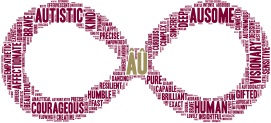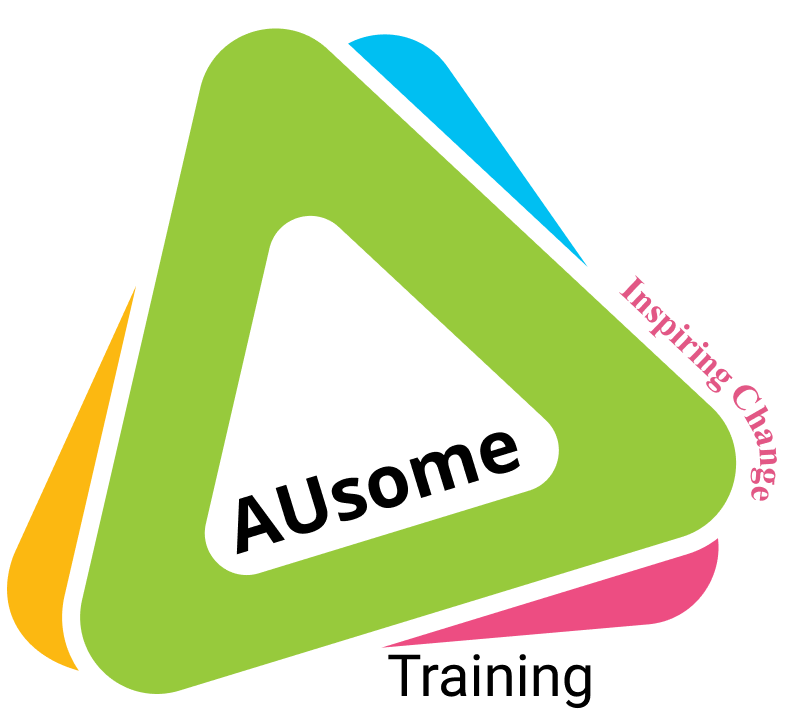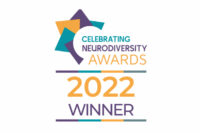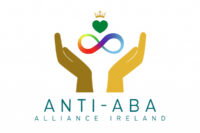Many times we’ve been approached by organisations who really want to include Autistic people but don’t know where to start. The idea is that Neurodiversity Training is all about making accommodations and this is true to some extent. However, creating an inclusive workplace begins with a cultural change and by creating a place of Acceptance and understanding which will attract Autistic talent and unlock the amazing potential your Autistic employees and managers can bring to your organisation.
Autistic people are creative thinkers, natural problem solvers and brilliant at spotting patterns or issues with patterns. We are able to hyper focus and become experts in our fields of interest. We are a huge asset to any organisation.
So how do we create a welcoming and inclusive environment in the workplace for neurodiversity? We begin by looking at the culture and the current understanding of Autistic people. Every change we make will stem from a new appreciation for the Autistic person inspired by AUsome Training.
Communication is key in any organisation and communication begins with thought, so we need to change how we think about Autistic people. There are many myths and misinformation about Autistic people. Some people think that we lack empathy or have communication deficits. The fact is that none of this is true and AUsome Neurodiversity Training will equip you and your organisation with the knowledge that you need to make those positive changes.

5 Key Points to remember when advertising:
- Highlight the inclusive and welcoming environment for Autistic people.
- Highlight your organisational values around diversity and inclusion.
- Use the Neurodiversity Symbol to show prospective talent that you are neuro-inclusive.
- Avoid generic job descriptions such as “must be a good communicator, team player” etc . Of course Autistic people can be excellent communicators and team players but previous experiences and the lack of understanding around our communication may have lead us to believe this description does not fit us.
- Use the language of Acceptance.
Get in touch for more information


